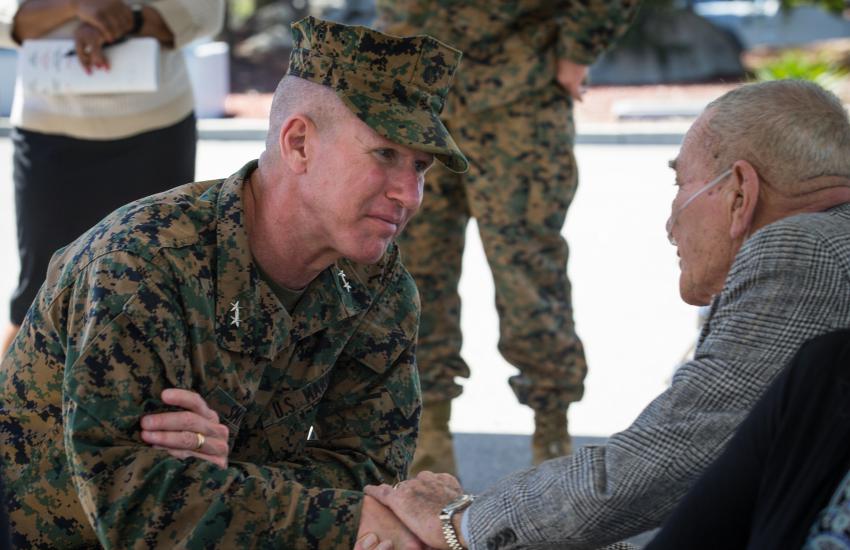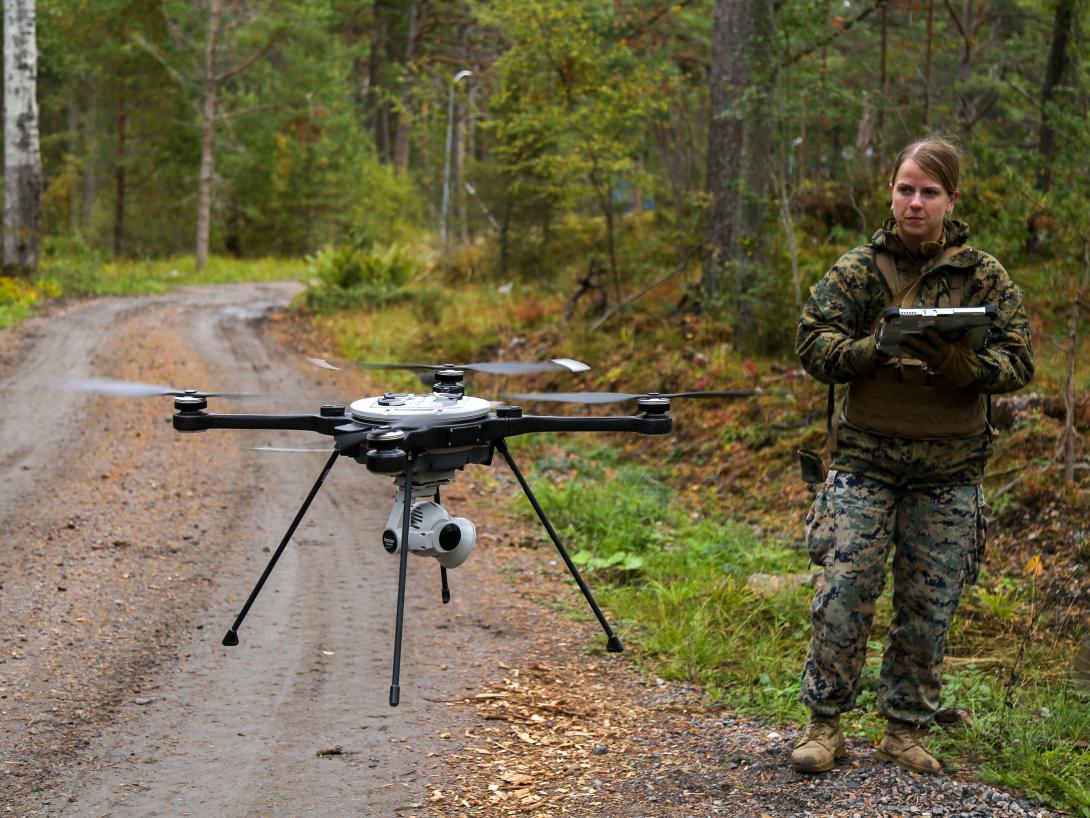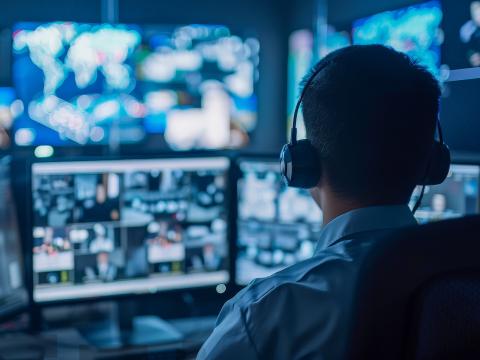Marines Fight for Modernization: New Commandant Plans to Enhance Mobility and Logistics
Marines will experiment and acquire capabilities that will simplify logistics and strip the force of elements that could thwart mobility under a new commandant.
After four years in the top job, incumbent Gen. David Berger will retire in July and Gen. Eric Smith, currently assistant commandant of the U.S. Marines, was proposed as his replacement.
Gen. Smith spoke at his nomination hearing before the U.S. Senate Committee on Armed Services on Tuesday.
During the session, pressing issues were discussed, including Force Design 2030, the Marines’ plan to modernize.
“Rather than simply acting as a landing force, the Marine Corps intends to help control the sea and air in support of the joint force. To achieve this, the Marine Corps is prioritizing a number of modernization efforts, including deep sensing, long range fires to include anti-surface capabilities, enhanced air and missile defense, and improved ground and amphibious combat vehicles. These platforms will equip the marines with improved force protection, lethality and mobility,” Committee Chairman Sen. Jack Reed (D-RI) said in his opening speech.
The threat, as defined by the National Defense Authorization Act, is China and the potential geography of a conflict in the Western Pacific.
Logistics from the U.S. would demand long routes that could be opportunities for adversaries, therefore, part of Gen. Smith’s approach includes taking manufacturing as close to operations as possible.
“We have to do additive manufacturing and 3-D printing, forward, if confirmed I’m committed to continuing that effort, because I do see one day we will be printing forward, in forward operating bases, we’ll be printing major end-items: aircraft engines, propellers, we’ll be doing that forward as opposed to straining the lines that come from the United States through strained logistics areas,” Smith said.
Gen. Smith explained that owning the technological rights allowing this kind of production saves time and allows the force to continue fighting with greater efficiency.
After questioning by Sen. Deb Fischer (R-NE) on the need to adopt new technologies to quickly resupply, Gen. Smith responded with a mantra repeated in his branch of the service: “Speed is life.”
Another challenge is what must be transported should be as easily as possible.
“We can also use certain technologies that make things lighter: polymer ammunition, lighter weight body armor, every pound matters when you’re trying to move things across the Pacific, and our UAVs, our unmanned aerial vehicles, surface and subsurface platforms that can deliver supplies—key supplies—at a critical time, that is what we’re investing in now and trying to accelerate as much as we can,” Smith told Sen. Fischer.
We’ll be printing major end-items: aircraft engines, propellers, we’ll be doing that forward.
The service has experimented and is discussing openly autonomous platforms to supply troops operating in littoral environments as part of its new force design.
In terms of technology, another concern shared both by Gen. Smith and the outgoing commandant is around the dangers and opportunities of technologies in the battlefield, including commercially available devices.
“Low signatures matter, if you are observed in a modern battlefield, you will be targeted,” Gen. Smith told lawmakers. “The ability of an adversary to detect you has become almost off-the-shelf technology that anybody can procure, even your lesser adversaries.”
Technologies to detect signatures and respond to those in a timely manner were among the observations from the ongoing Russian invasion of Ukraine.
“Long-range fires absolutely matter, if you don’t have the range to reach an adversary, then you are of no real consequence on the battlefield,” the general said.
Still, his most relevant conclusion was far from technology.
“Those who have a lot of partners, allies and friends; are very difficult to defeat,” Gen. Smith told senators, stressing the most important lesson learned so far in the war in Ukraine.






Comments